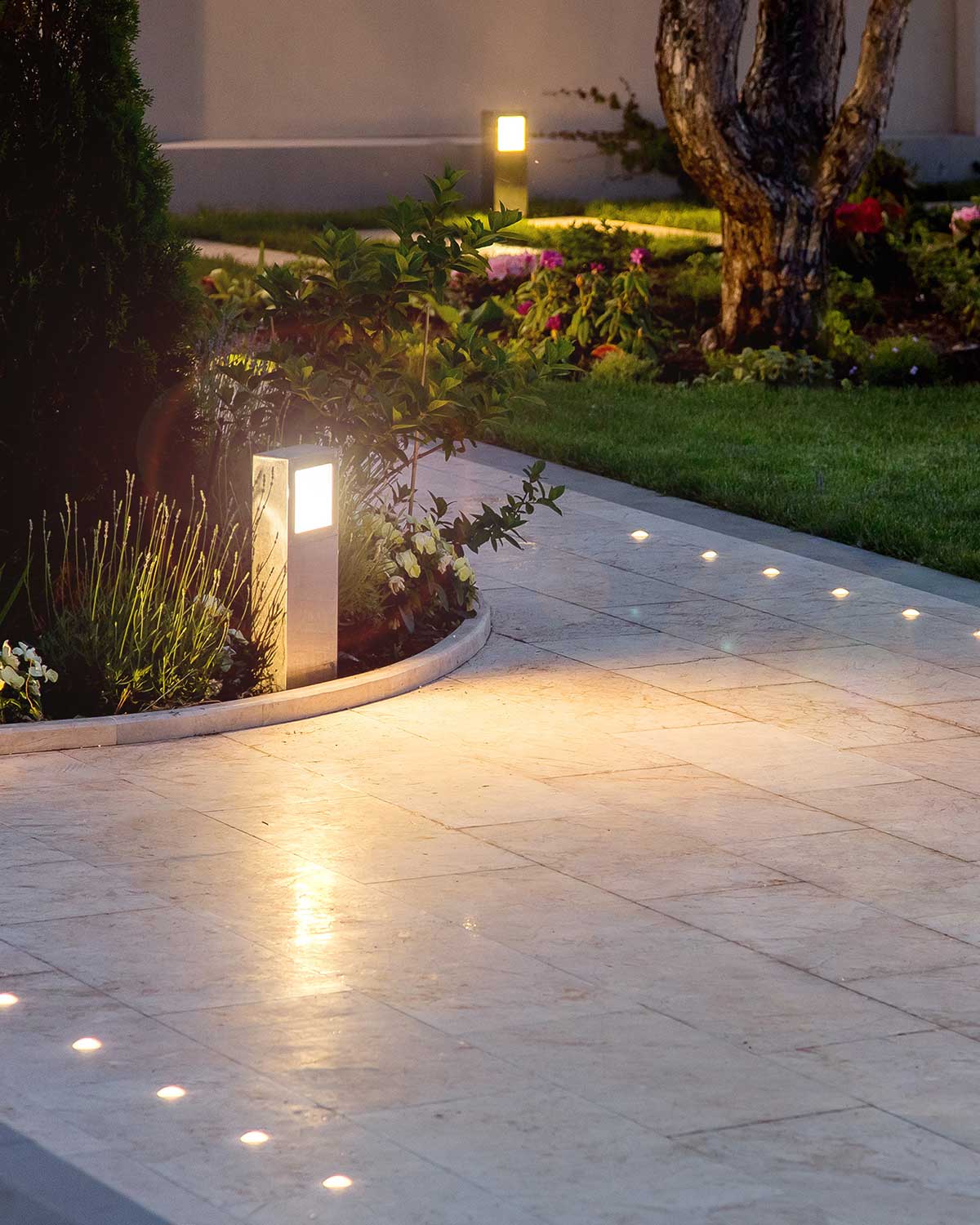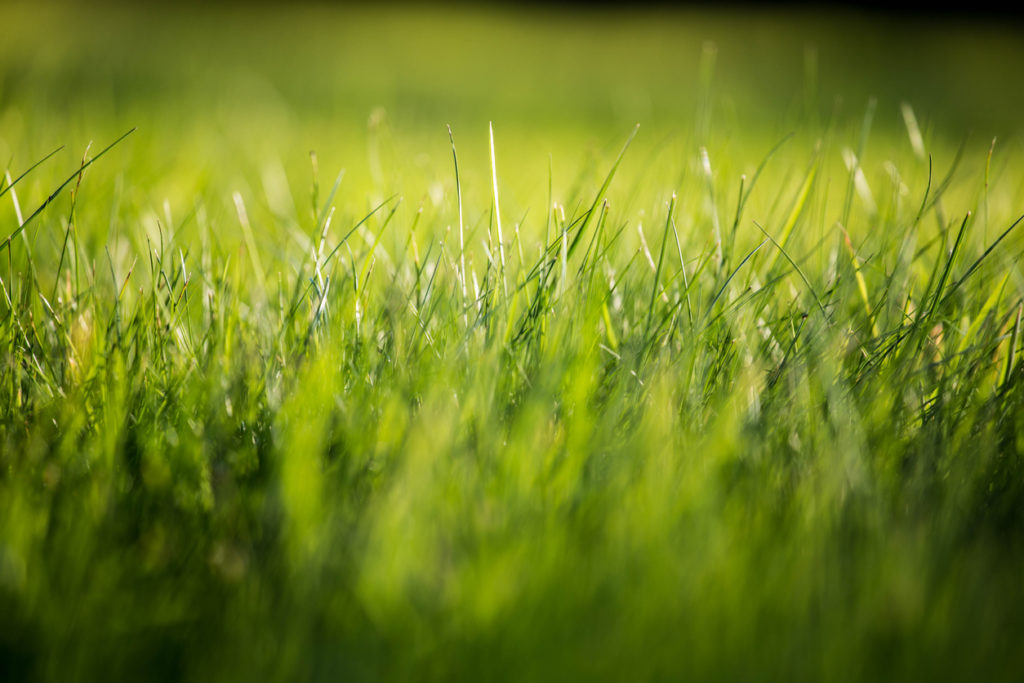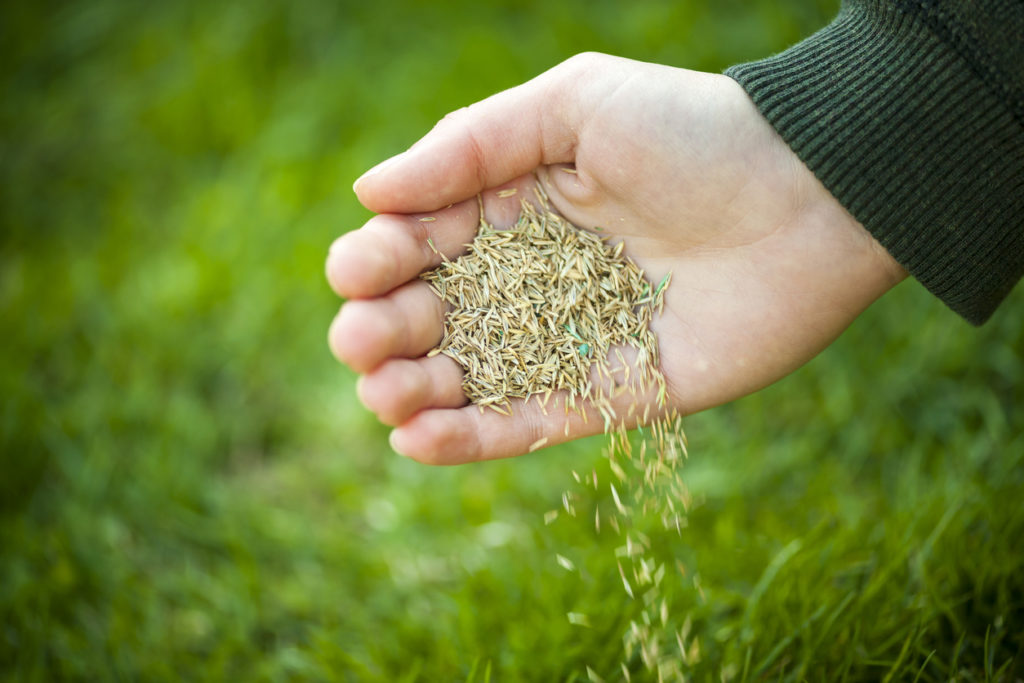Nothing ruins a beautiful lawn more than brown spots and dead patches. And while little spots or patches can seem innocent at first, they can be signs of more significant problems in your yard. If you’ve got dead patches and brown spots, there are a few steps you can take to keep your grass healthy and avoid a headache down the round. We’ve got three quick tips to help you keep your lawn looking beautiful.
What causes bare patches and brown spots on a lawn?
Bare patches and dead spots on the lawn is a problem that every homeowner faces from time to time. A lot of issues can cause dead patches and bare spots, and it isn’t always obvious what’s to blame.
Some common issues that cause dead patches on your lawn
- Poor soil quality
- Bugs and other pests
- Fungal diseases
- Compacted soil
- Sun & heat damage
- Inconsistent grass seed
- And lots more!
Like most things in life, no matter how well you take care of something, it will eventually need to be repaired. And the same is true with your lawn. No matter how well you take care of your grass, maintenance (even the strictest, most disciplined kind) won’t always be enough.
Dead patches are not an uncommon problem; animals, disease or poor soil conditions are a reality for every home and property. Luckily, most issues are easy to fix.
Here are a few things you can try yourself to take of brown, dying spots in your lawn.
Step 1. Aerate Your Lawn
The main idea in aerating your lawn is to create small holes in the ground, allowing air, water, and essential nutrients to reach the plant roots easily. By giving the roots an extra boost, you can create healthier, thicker grass.
Aerating your lawn is also extremely important to reduce the damage of soil compaction. This soil compaction occurs when soil is packed too tightly, reducing the amount of air and water that are absorbed.
When it comes to aerating your lawn, even if you only have two or three visible dead areas, go ahead and aerate the whole lawn. By aerating the entire lawn, you’ll improve the overall health of your turf and make sure you don’t have any more dead patches appearing.
You can rent a hand aerator for smaller yards, or a machine aerator for larger yards with more tightly compacted soil.
Step 2. Topdress with Compost
Poor soil is one of the leading causes of dead grass patches. Topdressing your lawn with compost is the best way to provide much-needed nutrients and improve the quality of the soil.
Compost adds organic matter that improves the soil structure. The nutrients it contains are released slowly, which is ultimately better for your lawn than a quick dash of chemical fertilizer.
Pelletized compost is the easiest to apply. The pellets expand when they get wet, so a bag covers a much larger area than you might think.
Spread a thin layer over your entire yard, but focus on the dead areas that need fixing.
Step 3. Reseed Your Lawn
The dead spots in your lawn will need to be seeded to produce new growth. A mix of perennial rye and blue grass works well in most parts of Ontario.
To start reseeding your lawn, lightly spread seed in the newly prepared bare areas, but also take a look at the overall lawn. If the grass seems thin or sparse, you may want to overseed everywhere. Blue grass takes about 28 days to germinate, so you’ll have to be patient.
Make sure to water thoroughly after reseeding – after all, watering is still an essential factor in maintaining a lush, green lawn. The new seed should be kept moist until it germinates, which is usually five to seven days.
Once the seeds have germinated, gradually reduce how often you water. Established lawns do better with a few deep waterings instead of more frequent, quick watering.
If aerating, topdressing, and reseeding doesn’t solve the problem, you might need to seek out professional help. A lawn care professional will be able to help test your soil, identify potential pests and disease, and make recommendations for how best to tackle your dead patches and brown spots. It’s hard to suggest what needs to be done, as different pests, animals, diseases and fungi need special treatment.
If you have ongoing problems with the health of your lawn, consult with the landscape experts at Wright Landscape Services.
For most homeowners, aerating, topdressing and seeding are easy tasks that will help to revive and renew your lawn with lush, green growth and help solve most lawn care issues. When your lawn is looking nice and healthy, and you’re ready to give it an extra boost, make sure you check out how to thicken up your grass and yard.
And if you’re ready to take your back or front yard to the next level, check out our Design & Build Services to get the yard you’ve been dreaming of.
Grass photo credit to Eric Martin under cc 2.0
Neighbours Compost photo credit to Joi Ito under cc 2.0
Home is where the sprinkler is photo credit to Robert Couse-Baker under cc 2.0

Need inspiration?
When you start to think about designing the perfect yard, deck, patio or backyard oasis, it can be helpful to have some solid ideas of what you want to achieve. We can help with that.



